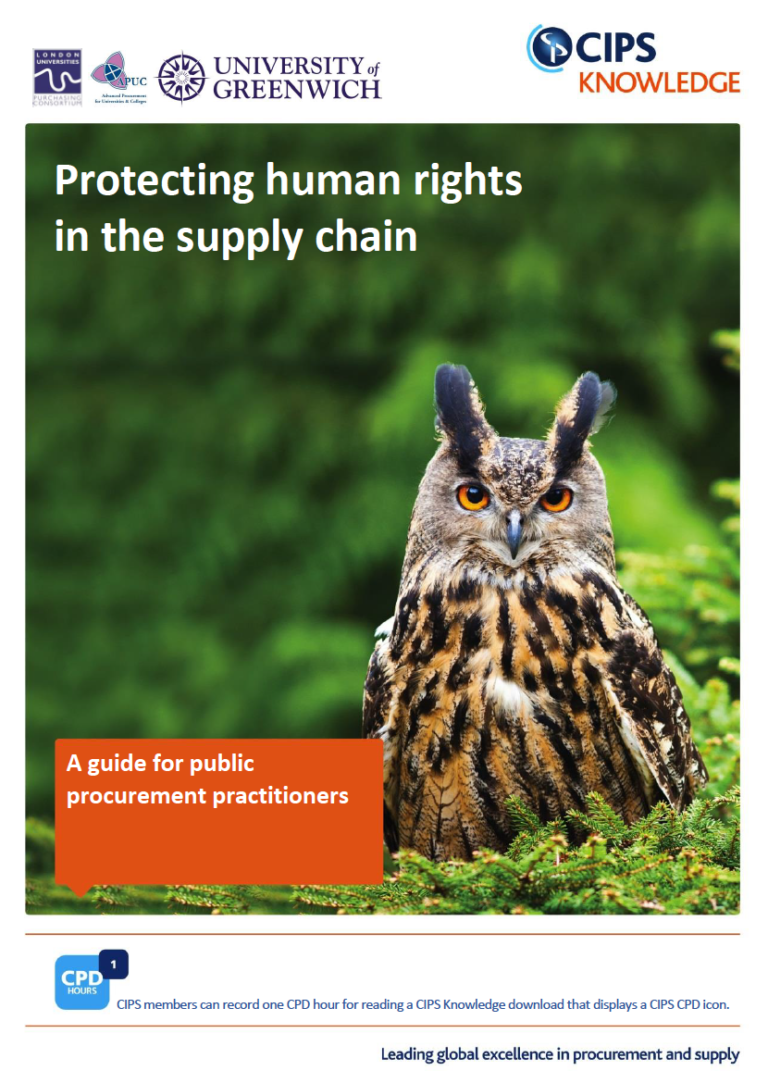The role of social protection in the elimination of child labour: Evidence review and policy implications
GuidanceAt the beginning of 2020 1 in 10 children aged 5 and over were involved in child labour worldwide – equating to an estimated 160 million children, or 63 million girls and 97 million boys. Despite significant progress in reducing child labour in th...Read More

